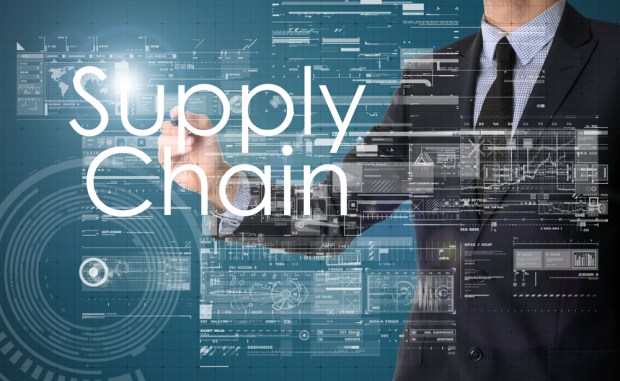Currency, Viewed Through A B2B Cloud

B2B transactions are lagging in the transition from paper checks to digital payments. But cross-border transactions, coupled with cloud technology, are gaining traction in a streamlined manner.
Cross-border payments have, as a rule, captured the imagination of minds focused on consumers and the things they buy — goods and services — from far-flung lands, awaiting receipt in the mail or over computers.
But there’s a groundswell. The B2B industry, never one to rush on board to embrace technology, is incrementally but surely moving toward streamlining payments processes, with an eye on reducing complexity and cost, as noted in a recent blog post by The Bancorp.
The advent of the cloud — with its ability to be flexible and changeable at a moment’s notice, helping enterprises track the cash flow cycle as they branch out into new locales — means that tracking currencies has become a much more intuitive process. In a series devoted to exploring payments issues, Currency Cloud CEO Mike Laven noted that the firm’s current perch across 30 currencies and 150 platform clients has meant that $15 billion in payments moves across Cloud Currency’s cross-border flow. Customers run the gamut from traditional FX players to challenger banks.
The larger trends in place, said the CEO, include the machine-to-machine nature of the transactions themselves, regardless of who is on either side of the event. Speaking beyond the technology to the actual evolution of the industry, Laven noted that one sweeping wave has been “the degree of interconnectivity within the world, whether it’s migrant populations, cross-border commerce or supply chains,” a factor that is “magnitudes bigger than it was a couple of years ago. And you feel it every day, when you open something up and it’s been made somewhere else.”
Supply chains have become more active, stated the executive, where a retailer may have been paying only a few times per year for seasonal business shipments, a push that now has likely accelerated to hundreds of payments within a season. But “many of the systems that service them are still in the dark ages.” Those dark ages can be seen to encompass multi-hundred print check runs and staggered payments of invoices in a less-than-timely fashion.
Against that backdrop, said Laven, software (such as Currency Cloud) should have added functionality that allows for compliance initiatives, monitoring of liquidity and even interaction with treasury functions, all of which add value beyond the commodity function of trading the currencies themselves.
Key questions remain in place, said Laven, which extend beyond today’s platforms — notably, how financial flows may evolve and how financial firms must deal with changing notions of centralized or decentralized systems, which imply that new infrastructure would be needed, especially along with the development of the Internet of Things, where tens of billions of devices will be connected.
